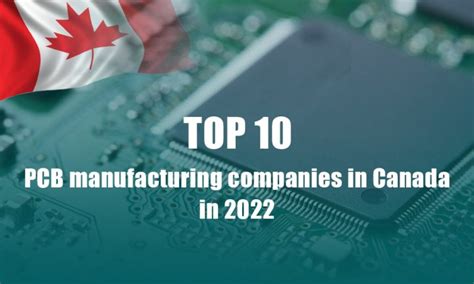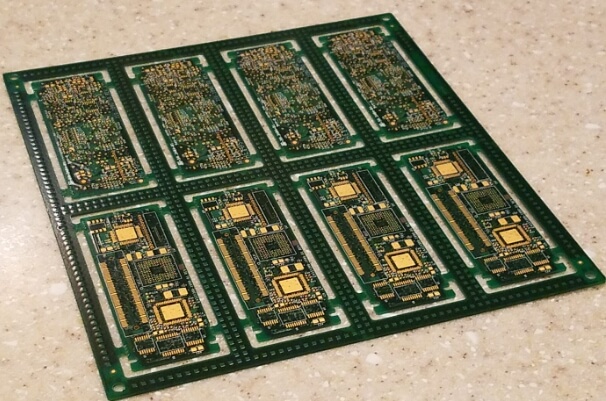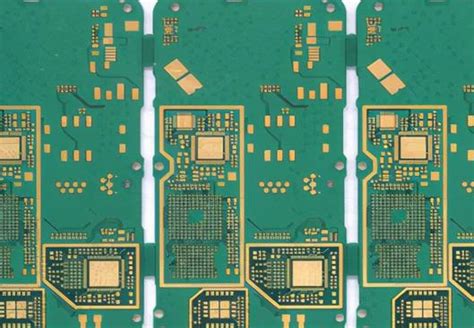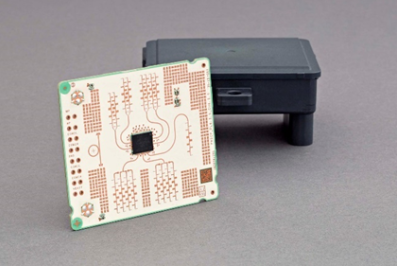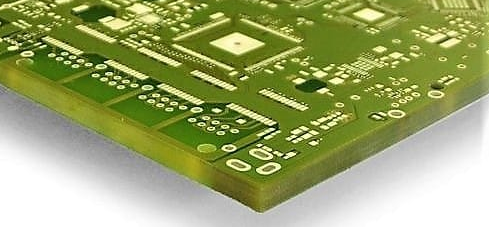Top PCB Manufacturing Companies Worldwide in 2023
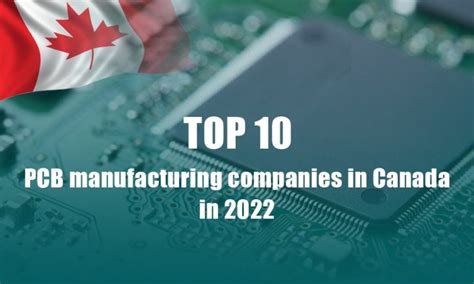
Key Takeaways
When assessing the landscape of PCB manufacturing globally, several key points come to light. First and foremost, understanding the prowess of top PCB manufacturing companies is crucial for anyone interested in the electronics industry. These companies not only lead in technology but are also driving innovations that significantly impact pcb manufacturing cost and efficiency. For instance, advancements in automation and material science have allowed these manufacturers to reduce costs while improving quality. Moreover, as you navigate through this market, recognizing the specialties of each company—whether they focus on flexible boards or high-density interconnect (HDI) technologies—can guide your decisions in sourcing and partnerships.
Additionally, it’s important to consider the sustainability practices adopted by these PCB manufacturing businesses, which can influence your own company’s ethical footprint. The shift toward environmentally friendly processes not only addresses regulatory pressures but also appeals to a growing segment of eco-conscious consumers. To provide a clearer perspective on how these companies stack up against one another, here’s a concise comparison table highlighting some of their key attributes:
| Company Name | Specialty | Innovations | Sustainability Practices |
|---|---|---|---|
| Company A | Rigid PCBs | Automated Production | Eco-friendly materials |
| Company B | Flexible PCBs | High-Density Interconnect Technology | Recycling initiatives |
| Company C | HDI PCBs | Thermal Management Solutions | Reducing carbon footprint |
By staying informed about these trends and leader attributes in pcb manufacturing, you can better position yourself within the industry and optimize your own operations for success.

Top PCB Manufacturing Companies: An Overview
In the evolving landscape of electronics, pcb manufacturing stands as a critical sector, driven by the demand for advanced electronic devices. You may find it essential to keep an eye on the pcb manufacturing companies that are leading the charge globally. In 2023, these companies not only focus on producing high-quality printed circuit boards but also prioritize innovation and efficiency. These pcb manufacturing leaders are characterized by their investment in state-of-the-art technologies and a commitment to meeting the diverse needs of industries ranging from consumer electronics to automotive. Moreover, understanding the pcb manufacturing cost can provide you with valuable insights into how these businesses maintain profitability while pushing boundaries in design and production capabilities. As you navigate through this overview, consider how these industry giants shape your experience as a consumer and their impact on the future of the pcb manufacturing business landscape. By recognizing their specialties and approaches, you can gain a clearer picture of how they influence trends and establish benchmarks within the global market for printed circuit boards.
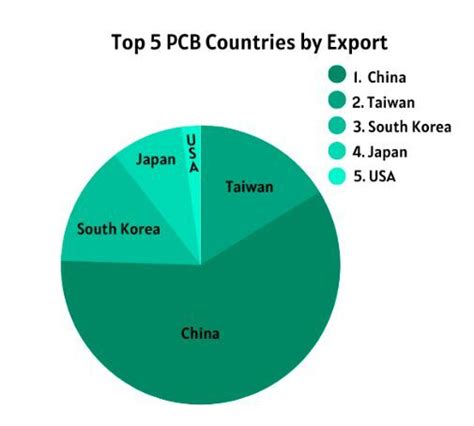
Innovations in PCB Design and Manufacturing
The pcb manufacturing landscape is rapidly evolving, driven by innovations that redefine how components are designed and produced. You may notice that leading pcb manufacturing companies are increasingly adopting advanced technologies such as automation and artificial intelligence to enhance production efficiency. These technologies not only reduce the pcb manufacturing cost but also enable higher precision and better quality control in the final products. For instance, the integration of cloud computing into the pcb manufacturing business has streamlined processes, allowing for real-time data sharing and collaboration across various stages of production.
Moreover, there is a growing emphasis on the design of flexible printed circuit boards (PCBs) that cater to modern electronic demands, such as wearable technology and compact devices. Such innovations lead to products that are not only lighter and thinner but also more reliable in performance. Companies are also investing in sustainable practices by utilizing eco-friendly materials and energy-efficient processes that contribute positively to environmental conservation. By focusing on these cutting-edge developments, you can gain insights into how today’s pcb manufacturing methods are setting a robust foundation for future applications in electronics. For more information on specific developments in this sector, you might find resources from companies like Andwin PCB valuable as they showcase their latest advancements in manufacturing practices.
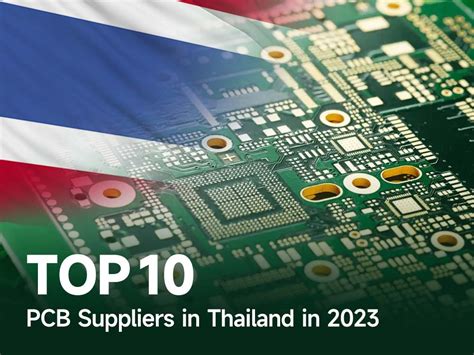
Comparative Analysis of Global PCB Manufacturers
In your exploration of the pcb manufacturing landscape, it’s essential to recognize the diversity among the pcb manufacturing companies operating worldwide. A comparative analysis reveals several factors that distinguish these industry leaders, such as technological advancements, production capacity, and cost efficiency. Understanding pcb manufacturing cost is crucial, as it impacts the overall market dynamics and influences your choices as a consumer or business owner. Some companies prioritize high-volume production while others focus on specialized or custom pcb manufacturing business, catering to niche markets with unique requirements. Moreover, as innovation plays a pivotal role in driving competition, leading firms continuously invest in research and development to enhance their products’ reliability and performance. By examining these elements, you can better navigate the intricate world of PCB manufacturing and align your needs with the right partner in this evolving industry.
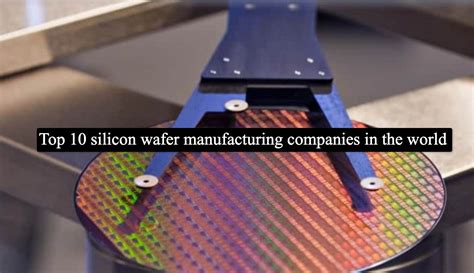
Key Players in the Rigid PCB Market
When diving into the pcb manufacturing landscape, it’s crucial to understand the dominant players in the rigid PCB market. These pcb manufacturing companies have established their reputations through a combination of innovation, quality, and efficiency. Among them are industry giants who consistently push the boundaries of what is possible in pcb manufacturing. You may find that companies like Company A and Company B offer cutting-edge technology, with specialization in high-frequency applications and multilayer boards, respectively.
Consider this: while the initial pcb manufacturing cost can vary significantly, understanding what each company brings to the table can help you make informed decisions. For instance, some firms excel at rapid prototyping while maintaining competitive pricing structures, making them ideal partners for startups or companies looking to test new designs without committing to large orders.
"The success of your pcb manufacturing business hinges not only on product quality but also on finding a partner that aligns with your specific needs."
In summary, as you explore potential collaborations within this sector, pay close attention to each player’s specialties and their track record in delivering reliable solutions. This knowledge not only empowers your strategic decision-making but can also potentially lead to long-term partnerships that drive innovation and efficiency within your projects. Whether you’re ramping up production or creating prototypes, selecting the right players in the rigid PCB market will significantly impact your business success.
Flexible and HDI PCBs: Leading Manufacturers
In the dynamic realm of PCB manufacturing, several companies stand out for their exceptional capabilities in producing Flexible and HDI (High-Density Interconnect) PCBs. These manufacturers have harnessed advanced technologies to meet the growing demand for compact, high-performance electronic devices. Leading PCB manufacturing companies like Finn Circuit and Jabil have prioritized innovation, specializing in designs that maximize space without compromising functionality. Their commitment to quality is evidenced by the stringent testing protocols they implement, ensuring that every board meets both durability and performance standards.
Moreover, these companies are adept at managing pcb manufacturing costs, allowing them to offer competitive pricing while still pushing the envelope in terms of technological advancements. As you explore the breadth of options available in the market, consider how these leading players are shaping not just individual projects but also the future direction of the PCB manufacturing business. From flexible circuits ideal for bendable devices to HDI boards that facilitate more connections in a smaller footprint, these manufacturers are at the forefront of technological evolution. Their innovative approaches not only optimize product performance but also contribute significantly to cost-effective solutions for complex electronic assemblies, making them indispensable contributors to global electronics manufacturing.
Sustainability Practices in PCB Production
In today’s global landscape, sustainability has become an overarching priority for pcb manufacturing companies. You may find that these companies are increasingly adopting environmentally friendly practices to minimize their impact on the planet. From utilizing recyclable materials to implementing energy-efficient processes, leading firms in the pcb manufacturing business are committed to reducing their carbon footprint. For instance, many manufacturers are investing in advanced waste management techniques, which help in the effective disposal and recycling of hazardous materials often associated with traditional pcb manufacturing processes. Moreover, there’s a considerable focus on reducing pcb manufacturing costs by optimizing the use of resources through innovative technologies and automation. This not only enhances production efficiency but also contributes to a more sustainable approach, ensuring that the resources used in production are as minimized as possible. As you explore the world of PCB manufacturing, you will notice that sustainability is no longer just an option but a critical component of operational strategies for these top-tier manufacturers. The commitment to sustainable practices not only aligns with global initiatives but often leads to competitive advantages, making it a vast area of interest within the industry.
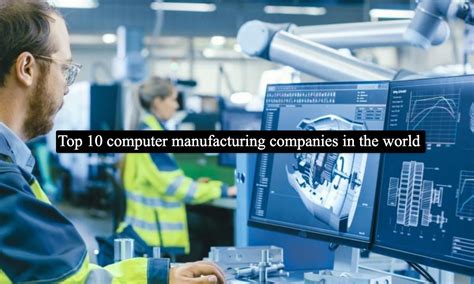
Emerging Trends in PCB Technology
As you delve into the dynamic landscape of PCB manufacturing, several emerging trends are shaping the future of this crucial industry. One noticeable trend is the increasing adoption of high-density interconnect (HDI) technologies, which allow for more compact and complex circuitry. This advancement is crucial for meeting the demands of modern electronics, where devices continue to shrink without compromising performance. Additionally, your awareness of sustainability in PCB manufacturing companies will deepen, as many firms are striving to implement eco-friendly practices. By optimizing pcb manufacturing cost, they are not only reducing waste but also enhancing overall efficiency. Another trend you may find interesting is the growth of flexible PCBs, which offer remarkable versatility in design and application, making them popular in sectors like wearable technology and automotive. As the pcb manufacturing business evolves, this emphasis on adaptability and sustainability reflects a broader commitment to innovation within the industry. Understanding these trends can help you appreciate how they influence product development and manufacturing processes in this vital sector.
Future of PCB Manufacturing: Challenges and Opportunities
The landscape of PCB manufacturing is evolving rapidly, presenting both challenges and opportunities for PCB manufacturing companies around the globe. One of the primary challenges is the increasing pcb manufacturing cost, driven by rising raw material prices and the demand for more sophisticated technologies. You may find that manufacturers need to balance these costs while maintaining competitiveness and high-quality production standards.
On the flip side, emerging technologies such as automation and digitalization are revolutionizing the pcb manufacturing business, paving the way for more efficient processes and enhanced product innovation. The shift towards environmentally friendly practices is another critical opportunity; many companies are focusing on sustainability in their operations, which not only meets consumer demand but also improves their market image.
As you navigate this dynamic environment, staying abreast of developments in flexible PCB designs or high-density interconnect (HDI) technology can increase your competitive edge. Moreover, understanding regional market dynamics will help you identify viable partnerships with key players in the rigid PCB market. Ultimately, by embracing both the challenges and opportunities within this sector, you can position yourself favorably for future growth and success in the PCB landscape.
Conclusion
In summary, the landscape of PCB manufacturing is continually evolving, shaped by various pcb manufacturing companies pushing the boundaries of innovation and efficiency. Understanding the intricacies of pcb manufacturing cost, quality standards, and technological advancements can empower you to make informed decisions. These companies not only produce essential components but also drive growth in related industries, improving product designs, and reducing time-to-market for new electronic devices. By exploring their specialties and practices, you can better appreciate how these top players in the pcb manufacturing business contribute to not just their own success, but also to the advancement of technology as a whole. The importance of sustainability cannot be overlooked as it becomes an integral part of manufacturing strategies, ensuring that the future remains bright for both producers and consumers alike. Whether you’re a supplier, investor, or tech enthusiast, recognizing these trends will help you navigate the complexities of the PCB market effectively.
FAQs
What is PCB manufacturing?
PCB manufacturing refers to the process of creating printed circuit boards (PCBs) that serve as the backbone for electronic devices. These boards house electrical components and provide the necessary connections for them to function efficiently.
What are the top PCB manufacturing companies in the world?
There are numerous PCB manufacturing companies renowned for their quality and innovation. Leading players include those specializing in various sectors such as rigid, flexible, and HDI (High-Density Interconnect) PCBs, each contributing to advancements in electronics.
How can PCB manufacturing costs impact your business?
Understanding pcb manufacturing cost is crucial for optimizing your budget. Costs can vary significantly based on material choice, design complexity, and production volume. Assessing these factors will help you make informed decisions that align with your pcb manufacturing business objectives.
What innovations are shaping PCB manufacturing today?
Recent innovations in pcb manufacturing have included advancements in materials, design software, and fabrication techniques. These developments not only improve performance but also reduce costs, pushing forward electronic component efficiency.
How do I choose the right PCB manufacturer?
Selecting the right partner among pcb manufacturing companies involves evaluating their specialization, quality control practices, customer service, and reputation within the industry. This ensures that your specific needs are addressed effectively.

